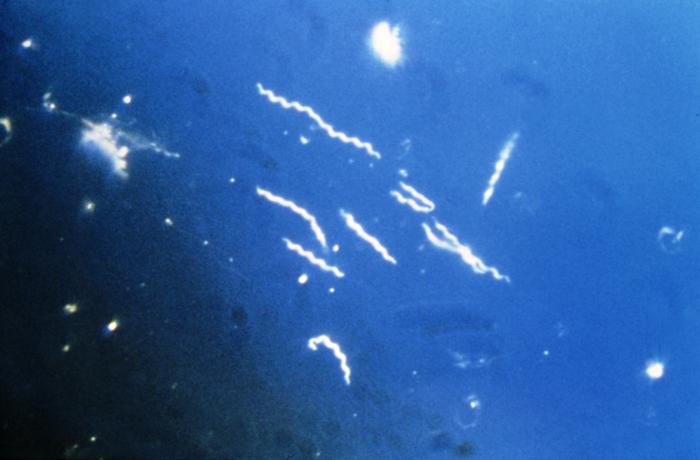The drawn-out process for diagnosing Lyme disease could become a thing of the past – good news for the thousands of people each year who get the tick-borne illness.

A new detection test created by Ionica Sciences – located at Cornell’s McGovern Center life sciences incubator – has been sparked by a FuzeHub grant to begin moving from the laboratory bench into approvals, production and doctors’ offices.
“For a long time, the medical community has wanted to detect Lyme disease directly, but the marker proteins are at very low levels and medicine has relied on tests of the body’s immune response – which sometimes takes weeks,” said Joel Tabb, president and co-founder of Ionica Sciences. “We have resolved this problem and can directly detect those markers in a very small blood sample. It’s a major breakthrough.”
Ionica Sciences, which joined the McGovern Center in 2014, has developed a serum-based assay called IonLyme that targets the blood protein Osp-A, which provides an active-protein “fingerprint” left behind by the bacteria that causes Lyme disease.
Bitten: The Secret History of Lyme Disease and Biological Weapons
If a patient’s skin shows a rash resembling a bull’s-eye, the body’s response to Lyme disease has started. But confirmation of the disease can take weeks, since the body’s immune response usually has not reached detectable levels yet. New and old infections cannot be differentiated.
Read more at the Cornell Chronicle
Lyme discovery: Borrelia bacteria hides inside parasitic worms, causing chronic brain diseases
Lyme disease in Ireland: Estimates of up to 300 cases annually
Lyme arthritis: Virginia Tech discovery could lead to improved diagnostics and treatments
Lyme bacteria: Study shows three-antibiotic cocktail clears ‘persister’ types in mice
Lyme Disease vaccine candidate enters Phase 2 clinical development
Lyme: The First Epidemic of Climate Change

